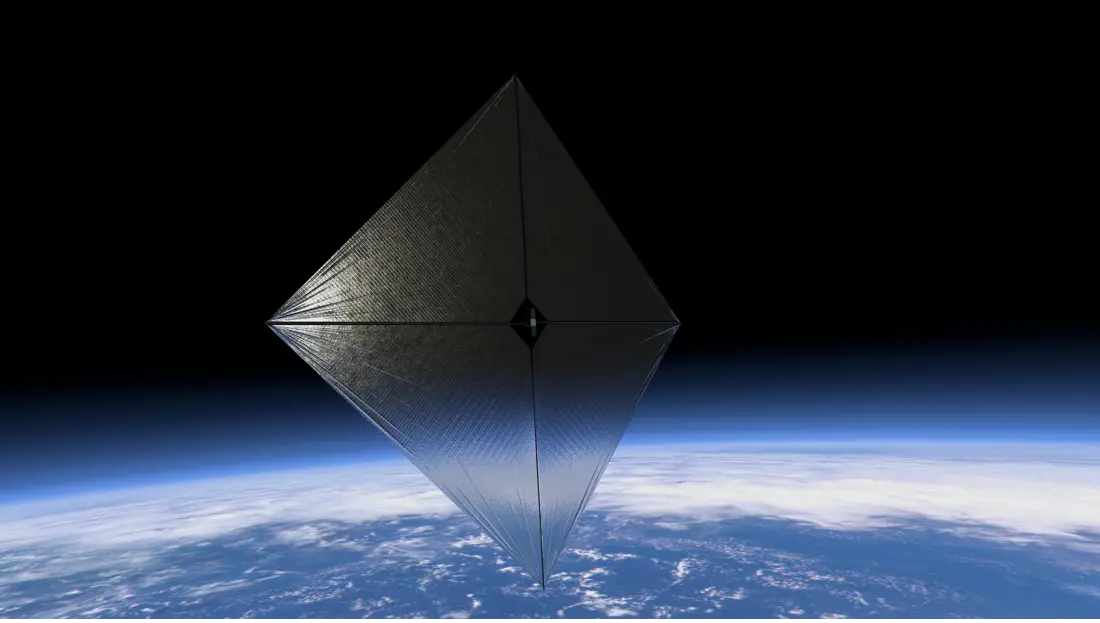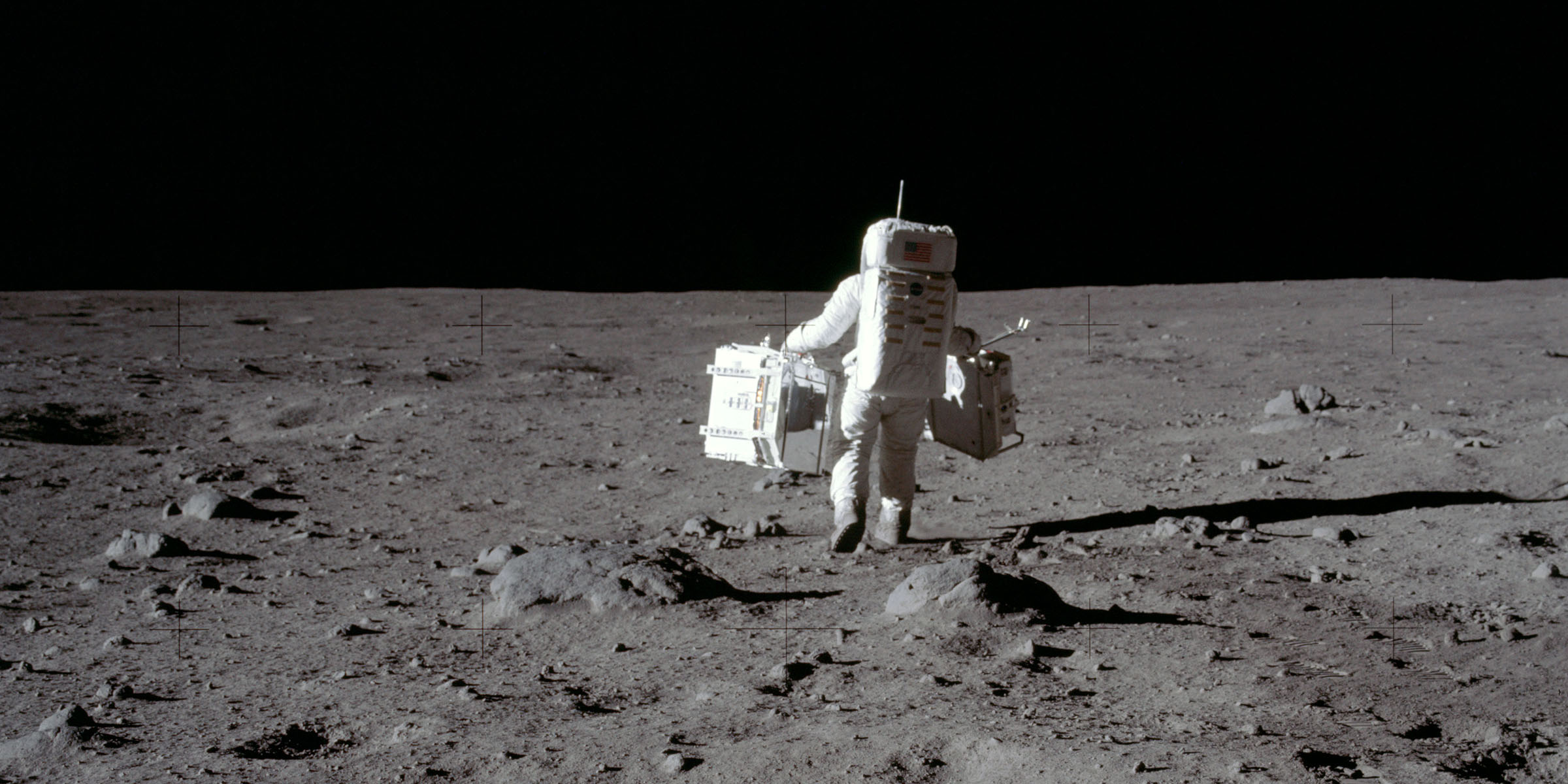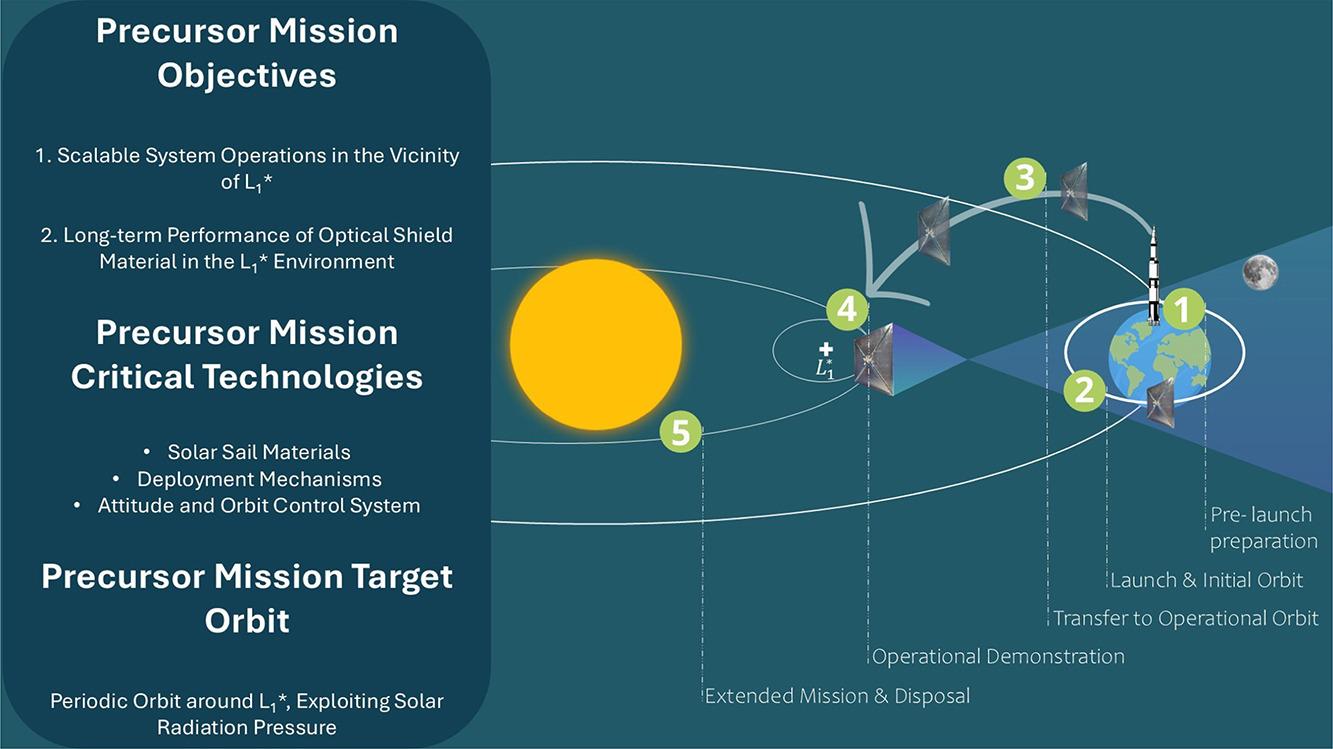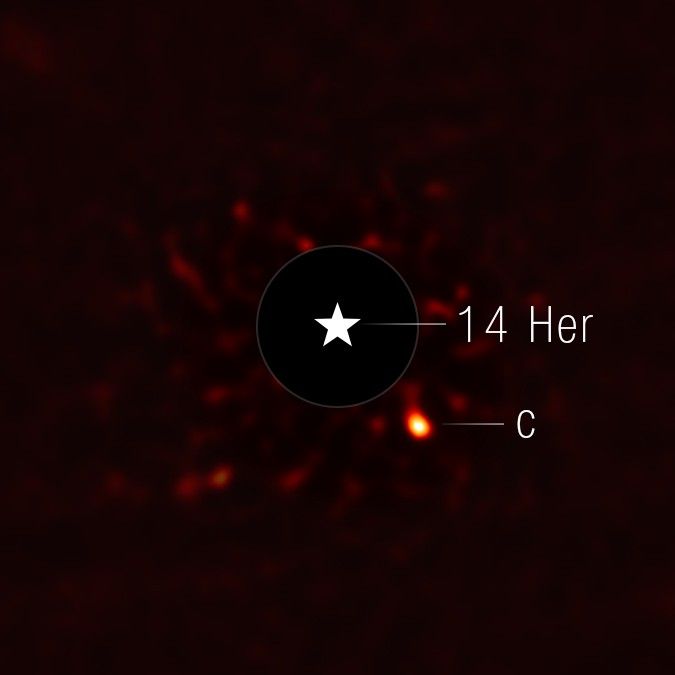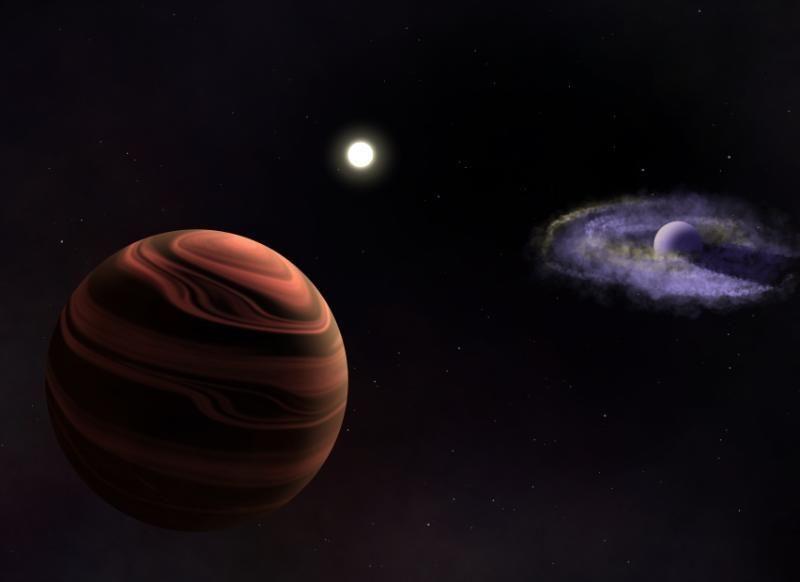In the early Universe, just a few hundred million years after the Big Bang, the cosmos was filled with a dense fog of neutral hydrogen gas. At some point, this gas became ionized, stripped of its electrons. Thanks to JWST, astronomers have identified the culprit: low-mass starburst galaxies emitting huge amounts of ultraviolet light. Astronomers found 83 of these small starburst galaxies in one part of the sky at a time when the Universe was only 800 million years old.
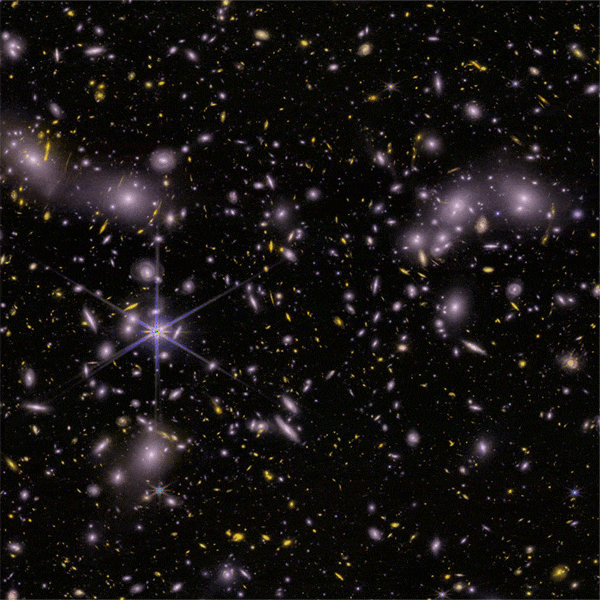
NASA’s Webb ‘UNCOVERs’ Galaxy Population Driving Cosmic Renovation - NASA Science
Astronomers using data from NASA’s James Webb Space Telescope have identified dozens of small galaxies that played a starring role in a cosmic makeover that
NASA Science (science.nasa.gov)

